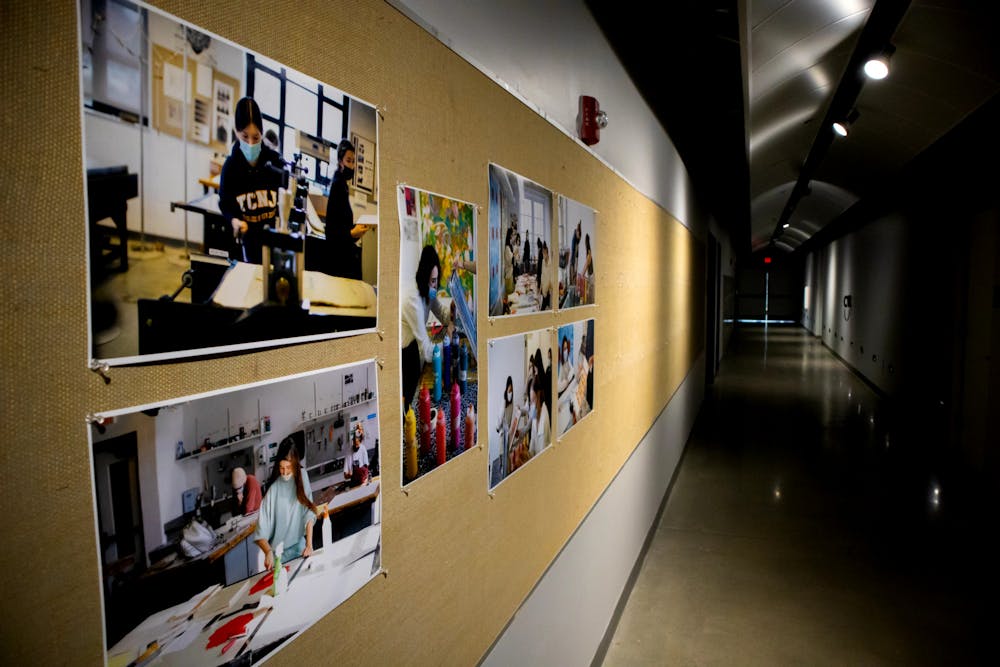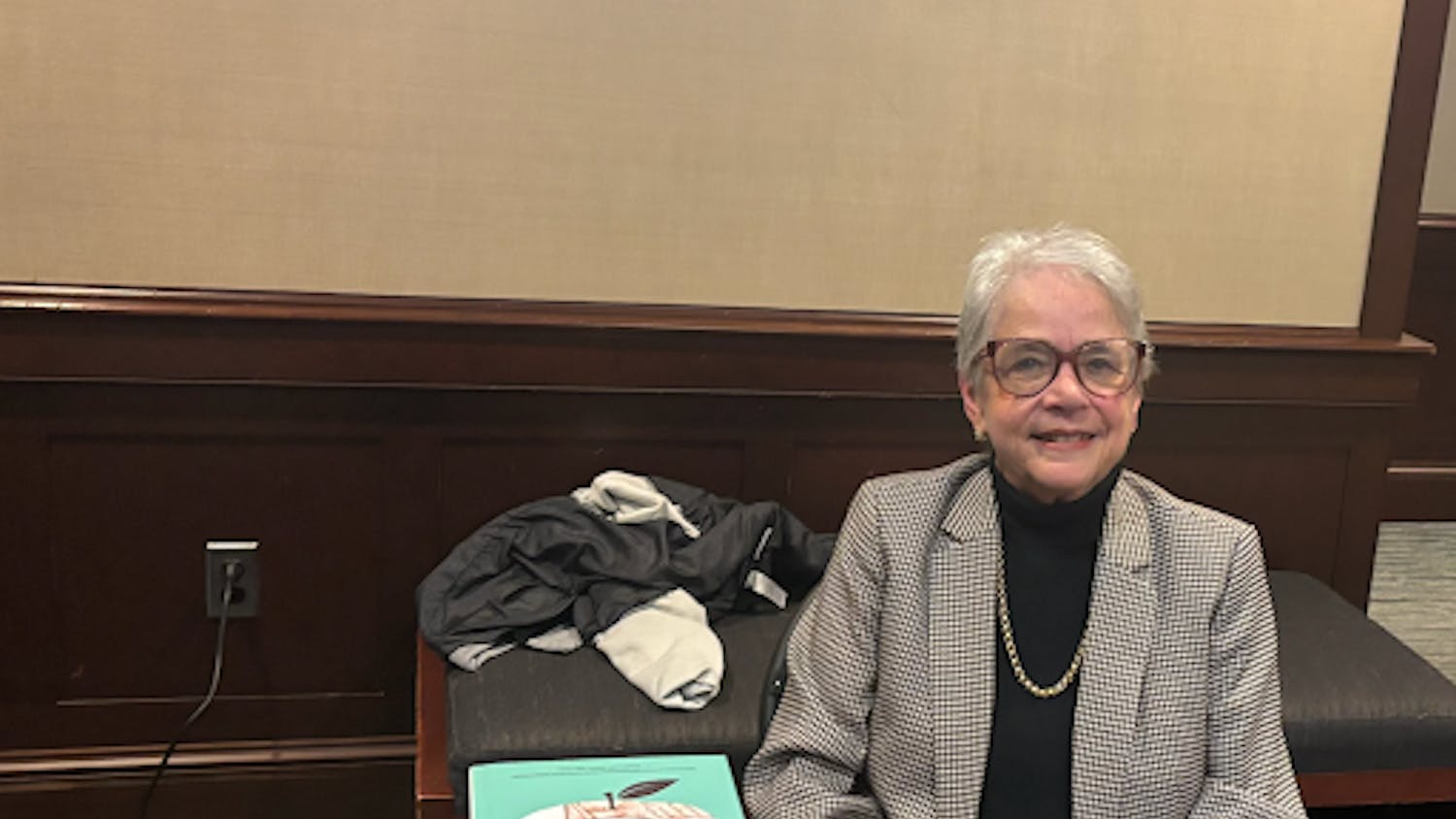By Isabella Darcy
Staff Writer
Harmful fumes were released when students mishandled resin in mid-February, around the time that multiple persons complained of smelling spray paint in the Arts and Interactive Multimedia Building (AIMM).
The College’s art and art history department discovered that students, who have not been identified, were using resin in unauthorized indoor areas which do not have the proper ventilation to handle the hazardous material. Safety and studio technician for the art and art history department Kyle LoPinto was told by students that the incident unfolded in the AIMM Building’s lobby.
“The fumes were very strong throughout the building,” LoPinto said.
Resin is a two-part material that hardens into plastic when it is mixed. When a chemical reaction occurs, hazardous fumes are released into the air. There are health risks associated with the inhalation of these fumes, according to the Centers for Disease Control and Prevention.
The College has a protocol to prevent exposures to harmful matter. Students who are using any material that produces hazardous fumes in the AIMM Building are required to do so in the spray booth in room 110. An alternative option is to take the materials outside.
Art and Art History Department Program Assistant Olivia Burton sent an email to students on Feb. 15, reminding them of the protocol.
“Materials that produce hazardous fumes include anything which the packaging says must be used in a well ventilated area,” Burton stated in the email.
Some students may not have been familiar with this protocol, according to LoPinto.
“It has always been my experience that students in this situation claim that they weren't aware and immediately follow the instructions to bring the materials outside,” LoPinto said.
Freshman visual arts major Gracie Harkins has been aware of the protocol since the beginning of last semester when her professor laid out the rules of the spray room.
“I think the spray room and use of harmful chemicals should only be allowed when a member of staff is present,” Harkins said. “There are usually many opportunities to use the spray room when a professor or tech is present so that the protocols are enforced.”
The art and art history department believes that the students who mishandled the resin did so without the instruction of any staff or faculty, otherwise they would have been informed of its safe and proper use, according to LoPinto.
“I've never experienced a student deliberately disregarding this kind of warning, but I suppose if I did I would contact student affairs and see what they would suggest as far as punishment or something along those lines,” LoPinto said.
There have not been any incidents of students using hazardous materials without proper ventilation since Burton’s email was sent out.
“It’s not fair to other students in the AIMM building to be put through harmful chemicals when it could have been prevented,” said Harkins.







